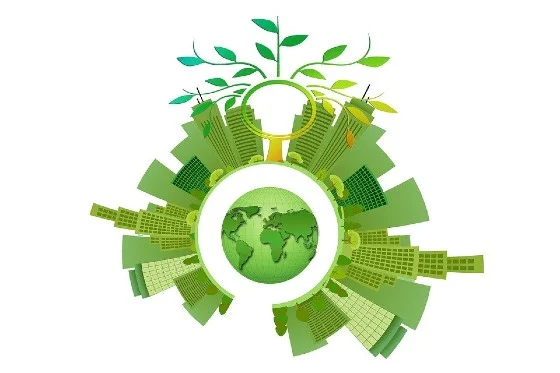Introduction:
Urbanization, the rapid growth and expansion of cities, has become a defining feature of the modern era. While it brings about social and economic transformations, the effects of urbanization on the environment are profound and multifaceted. This essay explores the environmental implications of urbanization, shedding light on challenges such as pollution, habitat destruction, and resource depletion, while also examining potential solutions to mitigate these adverse effects.
Air and Water Pollution:
As cities burgeon in size and population, the demand for energy, industrial activities, and transportation increases, leading to elevated levels of air and water pollution. The combustion of fossil fuels, vehicular emissions, and industrial discharges release pollutants into the air, contributing to smog, respiratory diseases, and climate change. Additionally, inadequate waste management systems often result in the contamination of water bodies, threatening aquatic ecosystems and posing risks to human health. Sustainable urban planning and the adoption of cleaner technologies are crucial in mitigating these forms of pollution.
Loss of Biodiversity and Habitat Destruction:
The expansion of urban areas often involves the conversion of natural habitats into residential, commercial, and industrial spaces. This leads to habitat fragmentation, loss of biodiversity, and disruption of ecosystems. Many species struggle to adapt to urban environments, resulting in population decline or extinction. To address this, urban planning should incorporate green spaces, wildlife corridors, and conservation efforts to maintain ecological balance and preserve biodiversity within urban landscapes.
Deforestation and Urban Expansion:
The rapid growth of cities often necessitates the clearing of forests and green areas, contributing to deforestation and the loss of valuable carbon sinks. Forests play a crucial role in mitigating climate change by absorbing carbon dioxide, and their destruction exacerbates global warming. Sustainable urban development practices, such as reforestation initiatives, green building technologies, and the promotion of urban forests, can help offset the environmental impact of deforestation.
Resource Depletion:
Urbanization places immense pressure on natural resources, including water, energy, and raw materials. The extraction and consumption of these resources often exceed sustainable limits, leading to depletion and environmental degradation. Sustainable urban planning, coupled with the promotion of resource-efficient technologies and practices, is essential to ensure a balance between urban development and resource preservation.
Heat Island Effect and Climate Change:
The extensive use of concrete and asphalt in urban areas contributes to the formation of heat islands, where temperatures are higher than in surrounding rural areas. This phenomenon exacerbates climate change, affects local weather patterns, and poses health risks to urban residents. Integrating green infrastructure, such as green roofs, parks, and reflective surfaces, can help mitigate the heat island effect and contribute to climate resilience in urban environments.
Waste Management Challenges:
The increased urban population generates a significant volume of waste, challenging existing waste management systems. Improper disposal and inadequate recycling contribute to environmental pollution and health hazards. Cities need effective waste management strategies, emphasizing recycling, composting, and reducing single-use materials to minimize the environmental impact of urbanization.
Social and Economic Disparities:
While not directly environmental, social and economic disparities resulting from urbanization can exacerbate environmental challenges. Low-income communities often bear the brunt of environmental pollution and inadequate infrastructure, leading to adverse health outcomes. Ensuring equitable access to resources, green spaces, and environmental amenities is essential for fostering sustainable and inclusive urban development.
Conclusion:
The environmental effects of urbanization underscore the urgent need for sustainable urban planning and development. Balancing the demands of urban growth with environmental preservation requires innovative solutions, collaborative efforts, and a commitment to sustainable practices. By adopting eco-friendly technologies, promoting green infrastructure, and incorporating conservation measures, cities can become hubs of sustainable living that harmonize with the natural environment, ensuring a healthier and more resilient future for both urban residents and the planet.
Click here to download the PDF

The effects of urbanization on environment is so dangerous for health. This blog focuses urban environment. the finishing of effects of urbanization to planted many more plants and trees for healthy environment. Now I will plant many trees at my home after the completing of a dissertation like aonline dissertation help service for my education. This post is really informative about healthy environment.
ReplyDeleteVery impressive. Thanks a lot for your efforts. Will read more of your articles in the while. cross border tax accountant ottawa
ReplyDelete